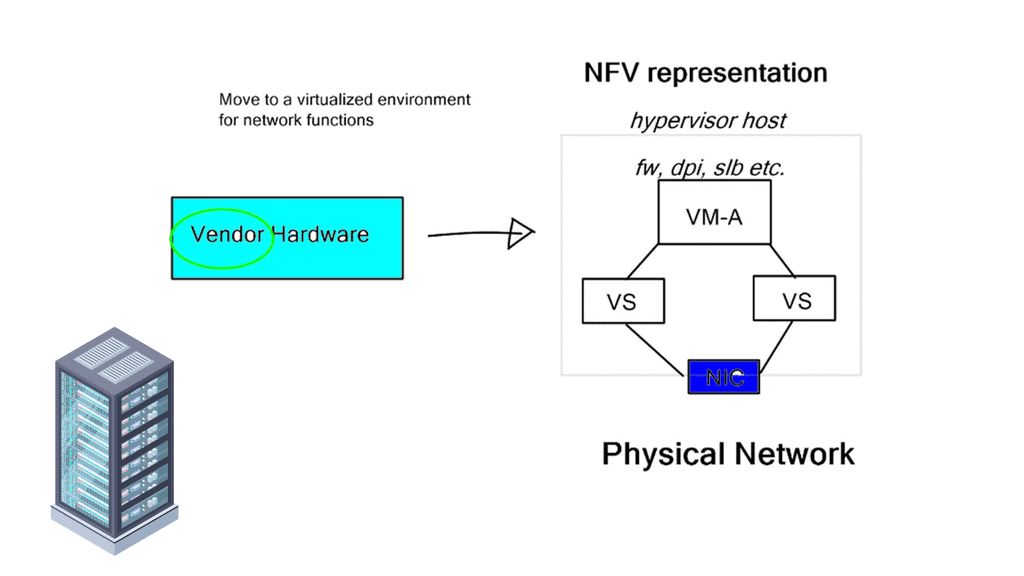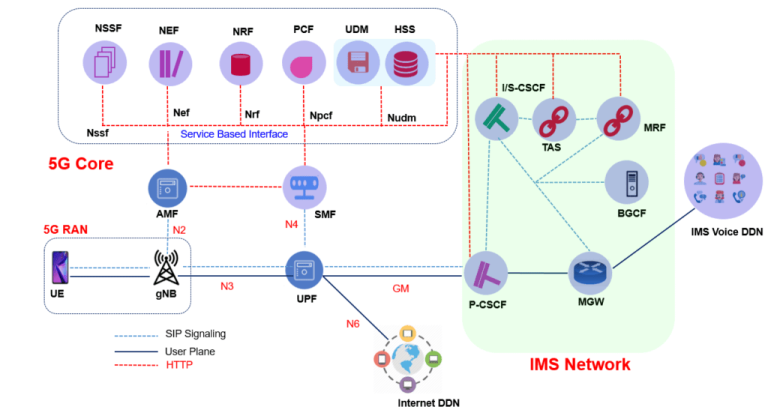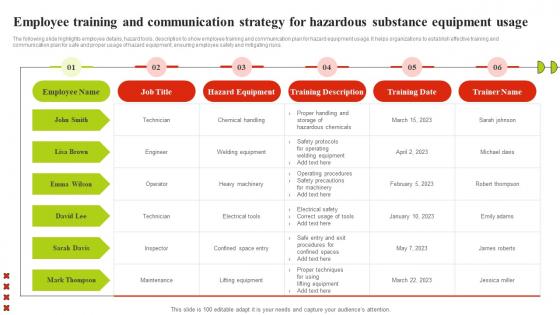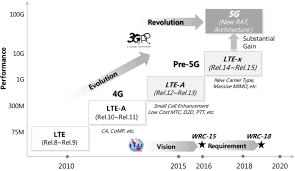Revolutionizing Connectivity: Exploring Network Services in NFV
telcomatraining.com – In today’s digitally connected world, the demand for high-speed, reliable, and flexible network services is growing exponentially. As businesses and consumers increasingly rely on cloud applications, video streaming, IoT devices, and 5G technologies, traditional network infrastructures are being stretched to their limits. This is where Network Functions Virtualization (NFV) comes into play—ushering in a new era of network service delivery that is dynamic, scalable, and cost-efficient.
What is NFV?
Network Functions Virtualization (NFV) is a transformative network architecture concept that decouples network functions from proprietary hardware. Instead of using physical devices such as routers, firewalls, or load balancers, NFV enables these functions to run on virtual machines hosted on standard servers. This not only reduces hardware dependency but also enhances agility in deploying and managing network services.
The Role of Network Services in NFV
At the heart of NFV lies network services—combinations of virtualized network functions (VNFs) that together deliver end-to-end connectivity and performance. These services can range from simple point-to-point links to complex service chains involving firewalls, deep packet inspection (DPI), and encryption tools.
NFV allows service providers to design and deploy these services with unprecedented flexibility. By utilizing software-defined orchestration, providers can rapidly configure, scale, or terminate services based on real-time demands. This dynamic provisioning eliminates the long lead times associated with traditional network rollouts.
Key Benefits of NFV-Based Network Services
- Scalability and Flexibility
With NFV, network services can scale vertically or horizontally in response to user demand. This is particularly important for handling peak loads in services such as video conferencing or online gaming. - Cost Reduction
By replacing specialized hardware with off-the-shelf servers, NFV significantly reduces capital expenditures (CapEx) and operating costs (OpEx). Maintenance becomes simpler and cheaper, and network upgrades no longer require extensive hardware overhauls. - Faster Time to Market
NFV empowers telecom providers to launch new services faster. Since everything is software-defined, provisioning a new firewall or VPN can be done in minutes rather than weeks. - Improved Network Management
Through centralized orchestration and automation tools, NFV simplifies network monitoring, troubleshooting, and performance optimization. - Support for Emerging Technologies
NFV lays the groundwork for innovations like 5G, edge computing, and IoT by offering the flexibility and responsiveness that these technologies require.
Real-World Applications
Many leading telecom operators and enterprises are already leveraging NFV-based network services. For example, virtual Customer Premises Equipment (vCPE) replaces traditional routers and modems with cloud-managed software. Similarly, NFV enables dynamic VPN services that adjust bandwidth and encryption levels based on user needs and security protocols.
In 5G networks, NFV plays a pivotal role by enabling network slicing, which allows providers to offer different levels of service quality for different applications, such as autonomous vehicles or remote surgery.
Challenges to Overcome
Despite its many advantages, NFV adoption is not without challenges. Interoperability between different VNF vendors, ensuring robust security, and achieving high performance at scale are all hurdles that providers must address. Moreover, transitioning from legacy systems to NFV requires careful planning and investment in workforce training.
The Future of Network Services with NFV
As NFV technology matures, we can expect even greater innovations in how network services are designed and delivered. The integration of Artificial Intelligence (AI) and Machine Learning (ML) will enable predictive maintenance and self-optimizing networks. Furthermore, NFV will be crucial in supporting green networking initiatives, by allowing for energy-efficient infrastructure management.
Conclusion
NFV is revolutionizing the way network services are built, deployed, and managed. By virtualizing traditional functions and making them software-based, NFV brings unparalleled agility, efficiency, and scalability to the networking world. For service providers and enterprises aiming to thrive in the digital age, embracing NFV is not just a strategic advantage—it’s a necessity.







